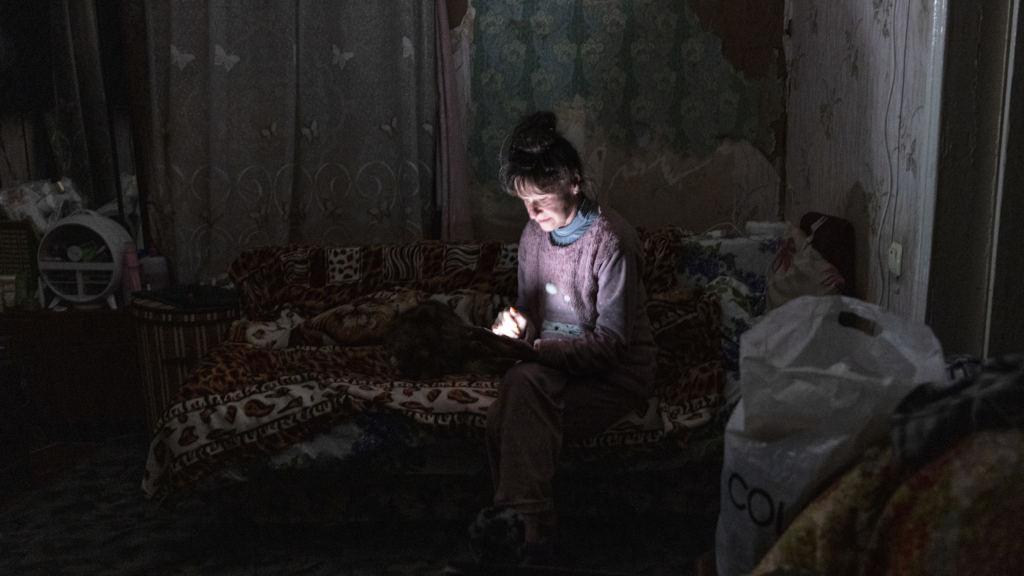Not long ago, I met a woman from Belarus. She told me about the terrible aftermath of the Chernobyl nuclear accident in April 1986. As a child, she’d had to evacuate her home, which was contaminated by radioactivity, and permanently relocate. She said that many people she knew, many children, had gotten cancer and died after the disaster.
I suddenly went cold. I had just published a book in which I cited assessments concluding that the death toll from the accident was surprisingly low. According to the World Health Organization, in the two decades after the accident, fewer than 50 people had died because of radiation exposure, almost all of them rescue workers. (I did note that some estimates were higher.)
The discrepancy between these different claims posed a familiar dilemma. As a journalist covering nuclear power and the debate over its role in the fight against climate change — and as a Californian closely following the San Onofre and Diablo Canyon nuclear plant controversies — I have been constantly in the position of trying to assess risk. I’ve been navigating between the Scylla of overestimating risk and the Charybdis of underestimating it.
If we underestimate the hazards of nuclear power, we risk contaminating the environment and jeopardizing public health. If we exaggerate them, we could miss out on an important tool for weaning ourselves off fossil fuels. If I were sanguine about the dangers of nuclear, the anti-nuclear side would consider me a chump, perhaps even an industry shill. If I emphasized the dangers, the pro-nuclear side would consider me alarmist, accuse me of fearmongering. More consequential than what activists might say, of course, was the possibility of misleading readers about these high-stakes issues.
My dilemma also intersected with another question. When should we believe the authorities, and when should we distrust them? In the case of nuclear power, this question has a fascinating history. The anti-nuclear movement of the ’70s grew out of a deep suspicion of authority and institutions. Nuclear power was promoted by a “nuclear priesthood” of scientists and government bureaucrats, who came across as opaque and condescending. Protesters carried signs with messages such as “Hell no, we won’t glow” and “Better active today than radioactive tomorrow.” To be anti-nuclear went along with the “question authority” left-wing ethos of the era.
Today, much has changed. In recent years, scientists have been telling us that we need to decarbonize our energy system, and in left-leaning circles, scientists and experts have become the good guys again (in no small part because many MAGA voices have become loudly anti-science). Institutions such as the International Energy Agency and the Intergovernmental Panel on Climate Change have said that nuclear power can play a key role in that decarbonized system. The official estimates of deaths from nuclear accidents are quite low, and meanwhile the suffering aggravated by climate change is ever more apparent. For these reasons, many environmentalists and progressives, including me, have grown more supportive of nuclear power.
Yet I am always uncomfortably aware of the extent to which I am taking the experts’ word for their conclusions. If we never question authorities, we are credulous sheep; if we never trust them, we become unhinged conspiracy theorists.
Although these quandaries are particularly salient for a journalist covering nuclear power, they are essentially universal in our modern world. When deciding whether to wear a mask or vaccinate our children, or what to make of the threat of climate change, or how worried to be about “forever chemicals” in our cookware, we are all perpetually trying to gauge risks. Unable to be experts in every field, we must decide whom to trust.
Recently, matters have become even more complex. As President Trump eviscerates federal agencies and cuts funding from the National Institutes of Health and universities, it raises new concerns about how well-equipped these institutions will be to provide reliable information — both because of their diminished capacity and because we increasingly must wonder to what extent their work is influenced by a fear of further funding cuts.
I’ve learned a few lessons to help navigate the dilemmas we all face. Don’t consider risks in isolation; put them in context. Take both expert assessments and anecdotal evidence with a grain of salt. Resist allying yourself with any particular tribe or team. Be honest, with yourself and others, about your own biases and predispositions.
Even in today’s chaotic and degraded information ecosystem, we can find people who share our values who know much more about a given subject than we do. Listen to those who share your concerns and who consistently address them using solid data and reasoning.
Following these guidelines led me to the conclusion that nuclear power certainly poses risks and challenges but that, if managed properly, it is one viable low-carbon energy source that can complement others.
Yet we must also recognize that our knowledge will never be perfect. Our understanding of the world is ever evolving, as is the world itself. I came to accept that occupying the position between chump and alarmist is simply part of the modern condition. And I’ll keep trying not to veer too far in either direction.
Rebecca Tuhus-Dubrow, a journalist based in Orange County, is the author of “Atomic Dreams: The New Nuclear Evangelists and the Fight for the Future of Energy.”

